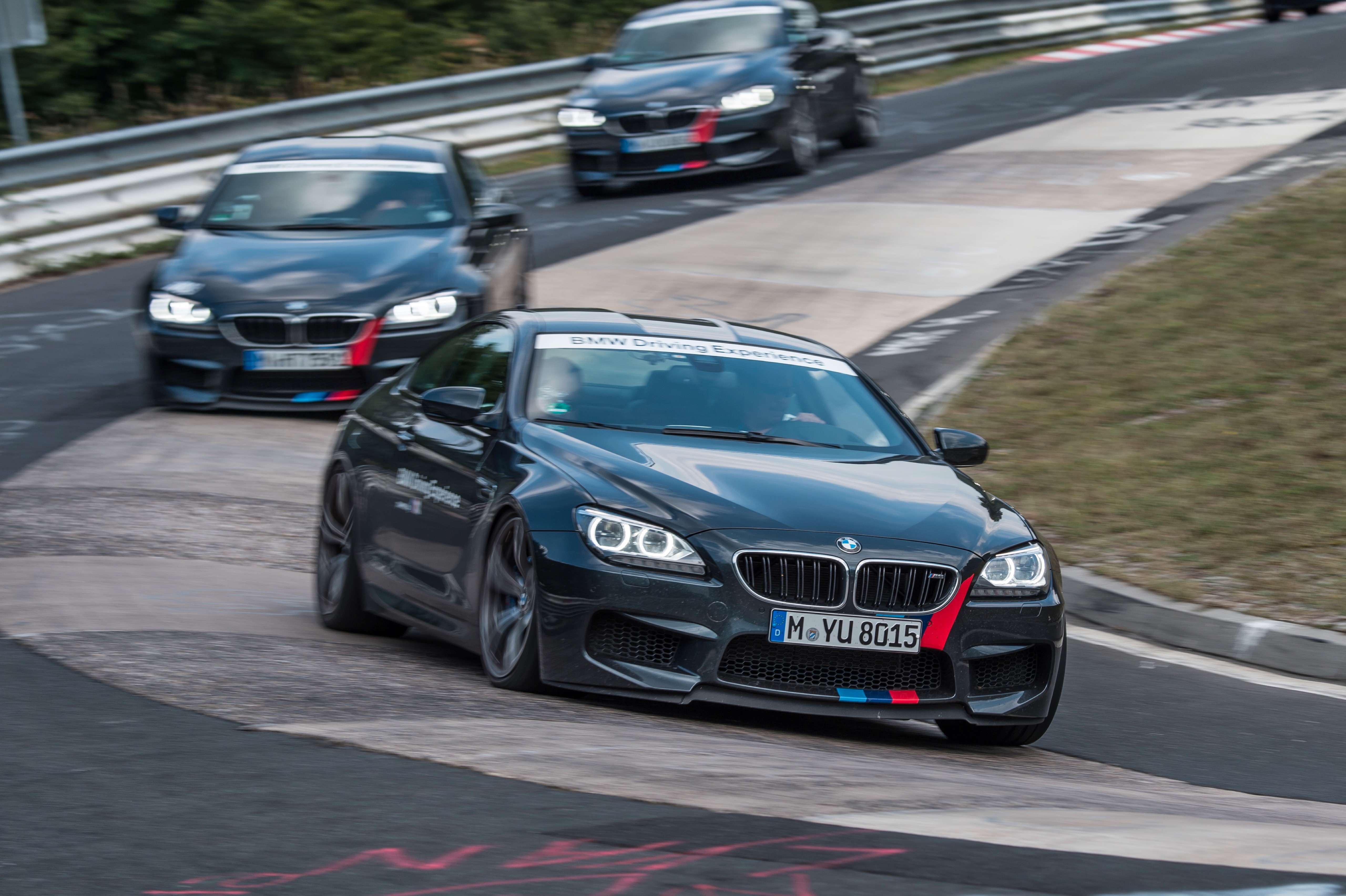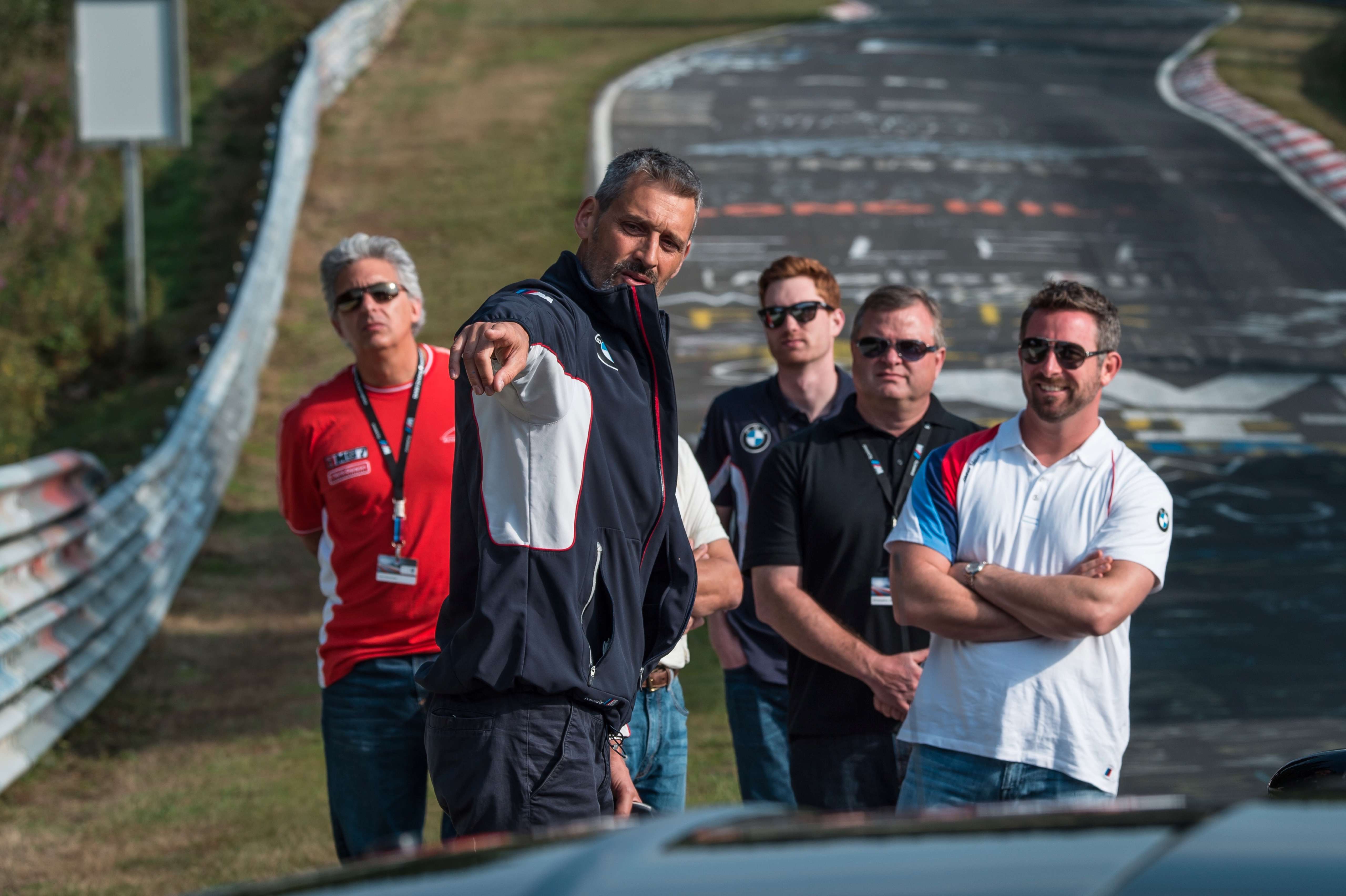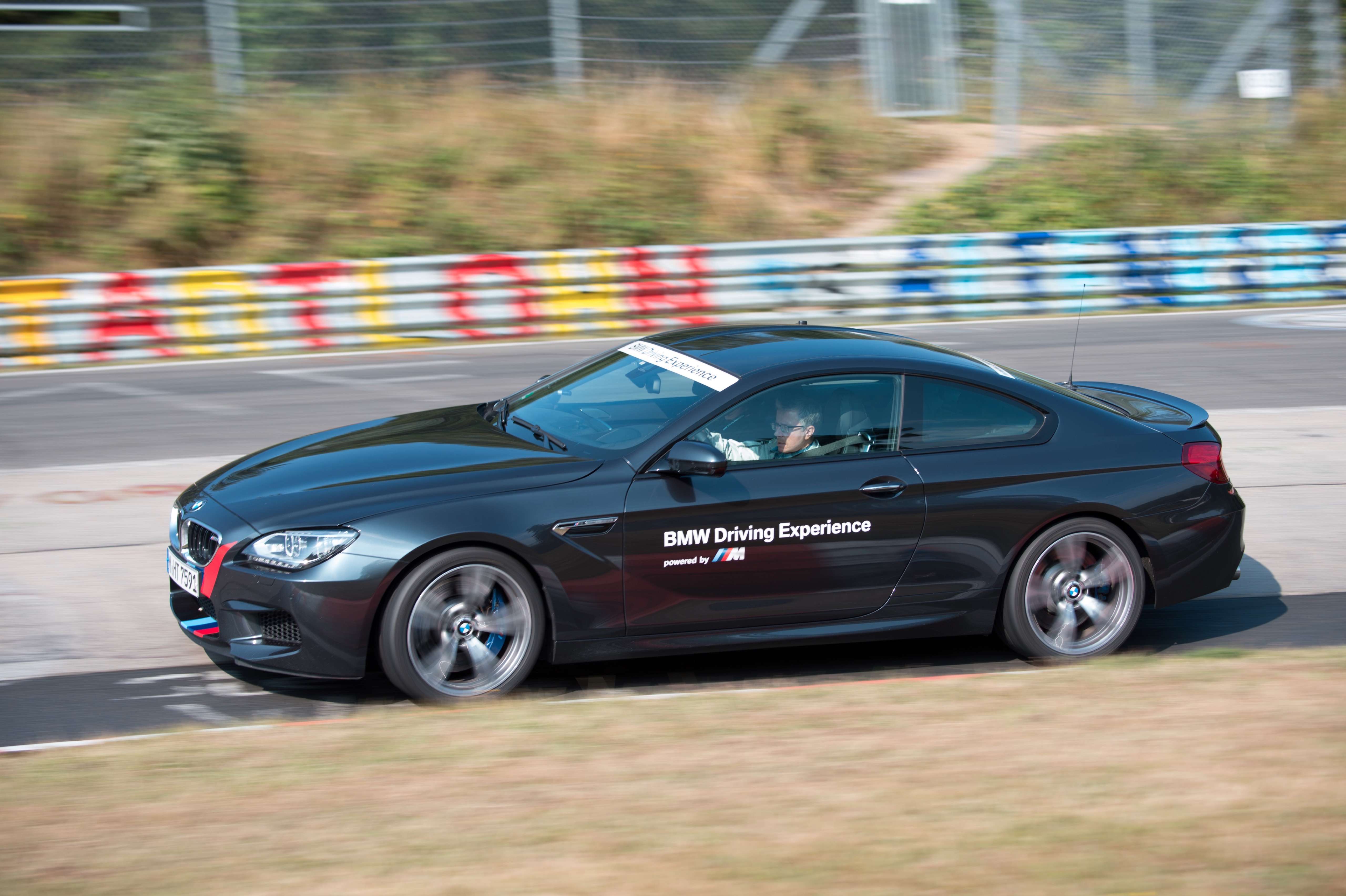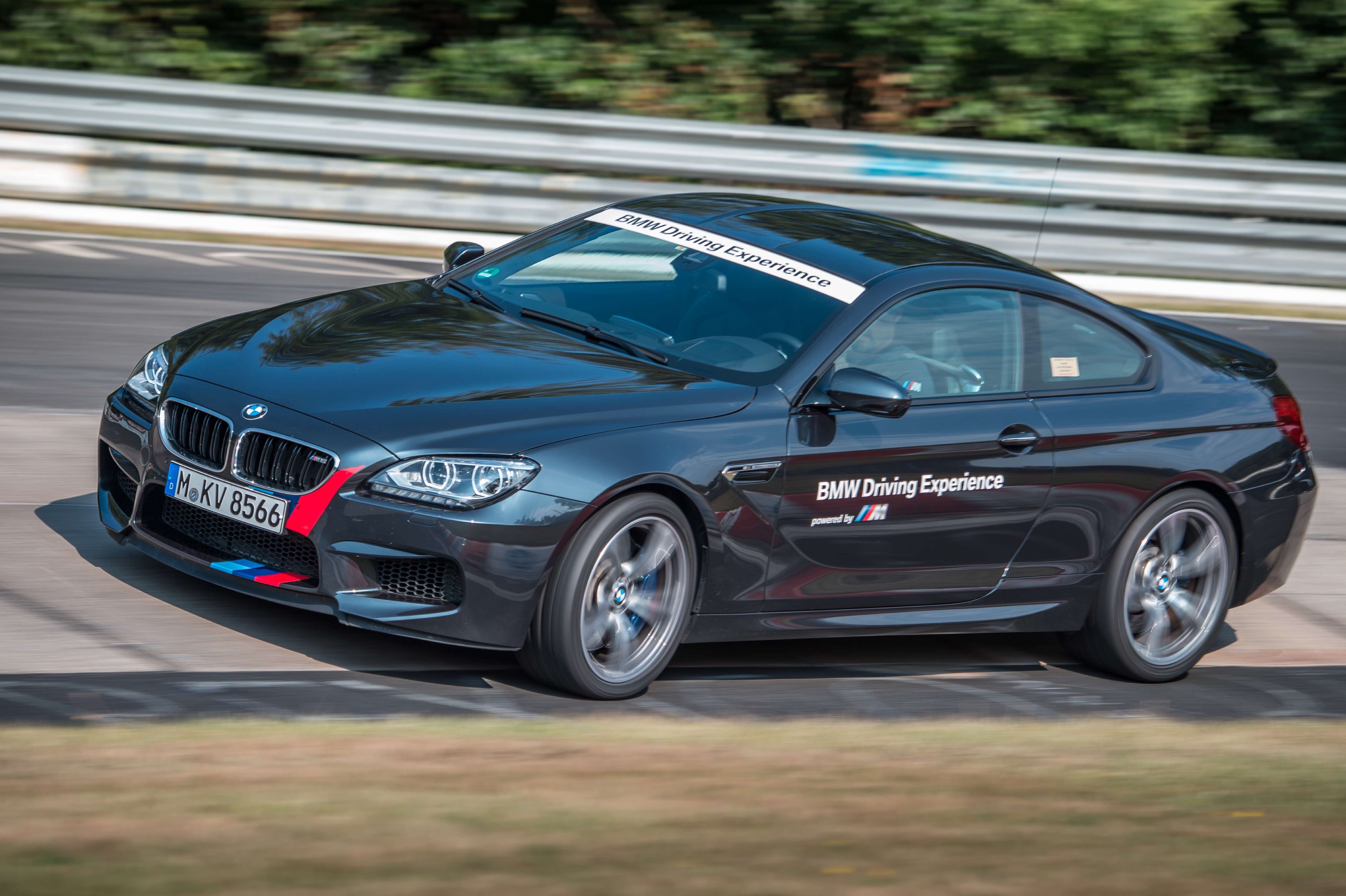
Welcome to part three of our series on preparing to race in the Nürburgring 24, arguably the most challenging endurance race on the calendar. To recap, part one covered my not-entirely successful first step, a race weekend at the Nürburgring Nordschleife with the factory Aston Martin team. The occasion was a round of the VLN, the series that professional and amateur teams alike use to tune up for the N24. The weekend began well enough as I took a measured and level-headed approach from the start. Unfortunately, the 4-hour race ended early when the V8 Vantage I was piloting was struck by a marauding black Porsche.
In part two of our series, I looked at the topic of simulators and learned firsthand that using virtual reality to train for real racing is great – in theory. If the simulator in question is a wildly expensive professional machine, the time spent there would, no doubt, prove invaluable. Slide down that virtual sliding scale towards the typical consumer video game, though, and the value of your time starts to sink pretty quickly.
 This time around, the topic at hand is all about getting back to basics: going to the track, walking the line, studying the nuances then slipping behind the wheel once again. That’s right – for installment number three, we’re returning to the Green Hell.
This time around, the topic at hand is all about getting back to basics: going to the track, walking the line, studying the nuances then slipping behind the wheel once again. That’s right – for installment number three, we’re returning to the Green Hell.
On this occasion, it wouldn't be to race, it would be to take a step backwards and learn the track the way it should be learned: corner by corner. For help with this stage in my learning, I enlisted the aid of BMW Driver Training, one of the finest manufacturer-supported driving programs around.
Years ago, I completed the third and final installment of their advanced driving school in Canada, a brilliant, two-day session at Mont-Tremblant. Since then, I’ve experienced a pair of BMW winter driving programs north of Montreal and the level of instruction was equally high. Those responsible for the BMW Driver Training curriculae have forged a reputation for teaching students to be both safe and quick – two qualities that come in very handy around the ‘Ring.
In late August, I ventured back to Germany for a two-day BMW DT session that was earmarked solely for customers. I was set to become only the second North American journalist to experience the benefit of the BMW instructors’ countless years of combined experience on their proverbial home turf.
For the record, when BMW goes to the ‘Ring with their students, they do things right. They don’t wait until the end of the day for the tourist laps to start. They don’t throw people out on the track to dice with all manner of schmoes, wankers and squibs piloting everything from minivans to mopeds. No. When BMW goes to the ‘Ring, they take the place over. Completely.


There were 80 different students taking part, a few of them driving Mini Coopers, most of them driving BMW M3 Coupes and the remaining eight, including yours truly, assigned to jet black BMW M6 Coupes.
The first hint that this was a serious deal: the student roster included WRC regular Nasser Al-Attiyah and former DTM champion Bruno Spengler. (I’m not sure why Al-Attiyah was in attendance; Spengler was there with a group of customers who purchased the limited-edition M3 bearing his name.)
Hint number two: all 80 students were on track at the same time.
While this may seem like a terrible idea, it’s important to remember two things: the ‘Ring is over 20 km in length and the BMW course revolves around section-by-section training. The students were split into 10 groups. Each group tackled a roughly 4-km section of track and then moved on to the next section. Pylons were placed in the middle of the track to mark the beginning and the end of each section. The instructors stayed in touch via walkie-talkie to coordinate all movements. It worked perfectly.
 While there may be some dissenting opinions out there, I believe that a track as challenging as the ‘Ring is best learned through section-by-section training. There are, at minimum, 73 different turns to memorize – some counts are higher because they include the gentler bends. Unless you have a photographic memory, attempting to absorb all of these corners at once is not going to be the best way to learn to go fast. I know whereof I speak – this is what I attempted by starting a VLN race with only 10 laps of it under my belt. Our group was comprised of eight students, six of whom had completed the exact same course at the ‘Ring previously. This also speaks to how well-regarded the BMW curriculum and instructors are.
While there may be some dissenting opinions out there, I believe that a track as challenging as the ‘Ring is best learned through section-by-section training. There are, at minimum, 73 different turns to memorize – some counts are higher because they include the gentler bends. Unless you have a photographic memory, attempting to absorb all of these corners at once is not going to be the best way to learn to go fast. I know whereof I speak – this is what I attempted by starting a VLN race with only 10 laps of it under my belt. Our group was comprised of eight students, six of whom had completed the exact same course at the ‘Ring previously. This also speaks to how well-regarded the BMW curriculum and instructors are.
Our instructor was Rolf Scheibner, an employee of the M Division and a former class winner at the N24. There’s nothing quite like picking up advice from a racing instructor who has accomplished exactly what you’re setting out to do.
As we tackled a given section, Rolf had us get out of the cars to learn the track in exacting detail. We studied the different qualities of pavement by dragging the soles of our shoes across its surface. We picked up the specific visual cues that identified one blind corner that – to the untrained eye – looked identical to the next blind corner. We used the weight of our bodies to better understand camber shifts and elevation changes, of which there are very many at the ‘Ring.
Then, we got behind the wheel for some high-speed follow-the-leader action. Each student went through each section a minimum of eight times, four while behind the wheel, four from the passenger seat. Rolf led the way and didn’t hesitate to leave stragglers behind if they couldn’t keep pace; given that most of our group had driven the track previously, that pace was high. Very high.
 At certain points, through certain sections, I was driving the M6 more quickly than I had the V8 Vantage during that VLN race. The Fuchsröhre was a chilling bobsled run where you didn’t dare look at your speed because the concentration required through the sharp downhill was so extreme. The series of bends right after the long straight, in between Antoniusbuche and Tiergarten, was just so bloody fast and intimidating. So too were the various points on the track where the jumps sent the lot of us soaring, all four wheels off the ground.
At certain points, through certain sections, I was driving the M6 more quickly than I had the V8 Vantage during that VLN race. The Fuchsröhre was a chilling bobsled run where you didn’t dare look at your speed because the concentration required through the sharp downhill was so extreme. The series of bends right after the long straight, in between Antoniusbuche and Tiergarten, was just so bloody fast and intimidating. So too were the various points on the track where the jumps sent the lot of us soaring, all four wheels off the ground.
At the end of each day, we ran more follow-the-leader sessions, but this time we had the entire Nordschleife at our disposal. This element represented the perfect way to piece together all the learning in one go, particularly after the second day, when more of the turns had been committed to memory. (There were just two sections we didn’t study up close due to time constraints; the section immediately following the Karussell and the section right after the Kleines Karussell that leads onto the long straight.)
In the final analysis, the BMW Driver Training session at the ‘Ring was the perfect way to go about learning this challenging, frightening circuit. It gives the brain an abundance of quality information. It puts students in powerful cars and lets them drive at high speeds for hours on end. And it helps build confidence every step of the way. Perfect. Now it’s time to race again.






















